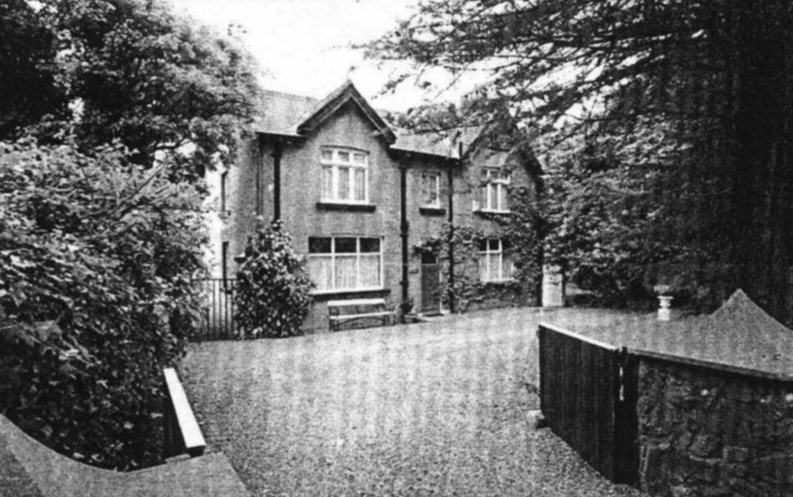A Brief History of Lucan South
(Balgaddy / Ballyowen) Thanks to Mary Mulhall for the following information.
Balgaddy
Situated in what was once The Royal Manor of Esker, Balgaddy lies along one of the oldest routes in Ireland of old. The old road from Lucan to Clondalkin, passing through Balgaddy, was part of the route from Royal Tara to The House of Hospitality in Tallaght. There are just small sections of this road left now, as modern road networks take over.
Balgaddy, on the border between Lucan and Clondalkin, was in the Parish of Clondalkin, along with Lucan until 1953, when Lucan became a parish in its own right, taking Balgaddy with it. Since long before then, the people of Balgaddy made the long trudge to the Church and schools in Lucan – a long journey by today’s standards! Like the Lucan people, they travelled to the Parish Church in Clondalkin at Confirmation time.
The Bush of Balgaddy
Many years ago, there was a famous Bush of Balgaddy which formed part of the boundary line between the parishes of Lucan and Clondalkin.

Legend has it that back in the old days, a priest called to a house beside the bush, for shelter on a stormy night. The people in the house turned him away because he had performed a marriage, which was not popular in the area. The priest then sheltered in a nearby shed, but before he went, he said that the grass would grow around the door of the house, that the bush would fall and that the name of those who turned him away would never again be in the Bush House.
Old people say that this came to pass. The bush did fall, but was replaced by another, which vanished when development began in this area. According to Deasmhumhan MacCarthaigh in “Gleanings from the District of Lucan”, the new bush was an ‘unworthy successor’. The bush grew at the old junction of Clondalkin Road / Lynch’s Lane. Today there no sign of either house or bush!
The Local

Did you know that back in the early part of the century, Balgaddy had its own pub? The present country house called St. Judes (beside the roundabout at Earlsfort) was the local hostelry. The population of Balgaddy in 1901 was 85. Goodwin’s Shop was the only other commercial business in the area.
Ballyowen
Ballyowen is mostly famous for its Norman Castle with its lofty turret. In 1640, this castle was rated as having five hearths, so it was a small castle of its day, compared to Lucan Castle, which had 12 hearths. (Rates were assessed by the number of chimneys a building had – perhaps that is why small workers cottages only had a hole for the smoke to flow through!)
In 1630, it was occupied by a Catholic, Mr. Nottingham, who married a sister of William Sarsfield of Lucan. Like the Sarsfields, he was evicted from his property during the Commonwealth. However, after the Restoration in 1660, the Nottinghams regained possession. The family also owned a castle in Finnstown and a mill in Esker.
During penal times, the estate was owned by a Mr.Geraghty who, had a brother a priest. Local legend has it that the priest hid in the castle, but was soon discovered by soldiers, whereon he is said to have thrown his chalice into a holy well in a nearby field, and escaped through a secret tunnel which ran to Hermitage. It was said that up till recently, the waters of the well could be heard running underneath the castle.
In 1733, the Bellews were the owners and following them, the property was owned by a family called Rochfort, who had a lot of land in the area around 1850. At this time the estate contained 283 acres.

By 1900 all that remained of the castle was a tower, with a modern farm building at the base. Traces of an old fosse could also be found in the surrounding fields, where today’s modern housing estates are standing. In 1901, the populations was 52. Ballyowen Castle is now the home of Eurospar.
A portion of the castle is preserved, so next time you visit the centre, check out the built-up remains of old doorways, windows and steps in the stonework.
Divine Mercy and Lucan South
Today the areas of Balgaddy and much of Ballyowen form part of a thriving community with its own church and school, and in December 1995 this area became a parish in its own right. Now the new parish of Divine Mercy, Lucan South lies between Lucan and Clondalkin.